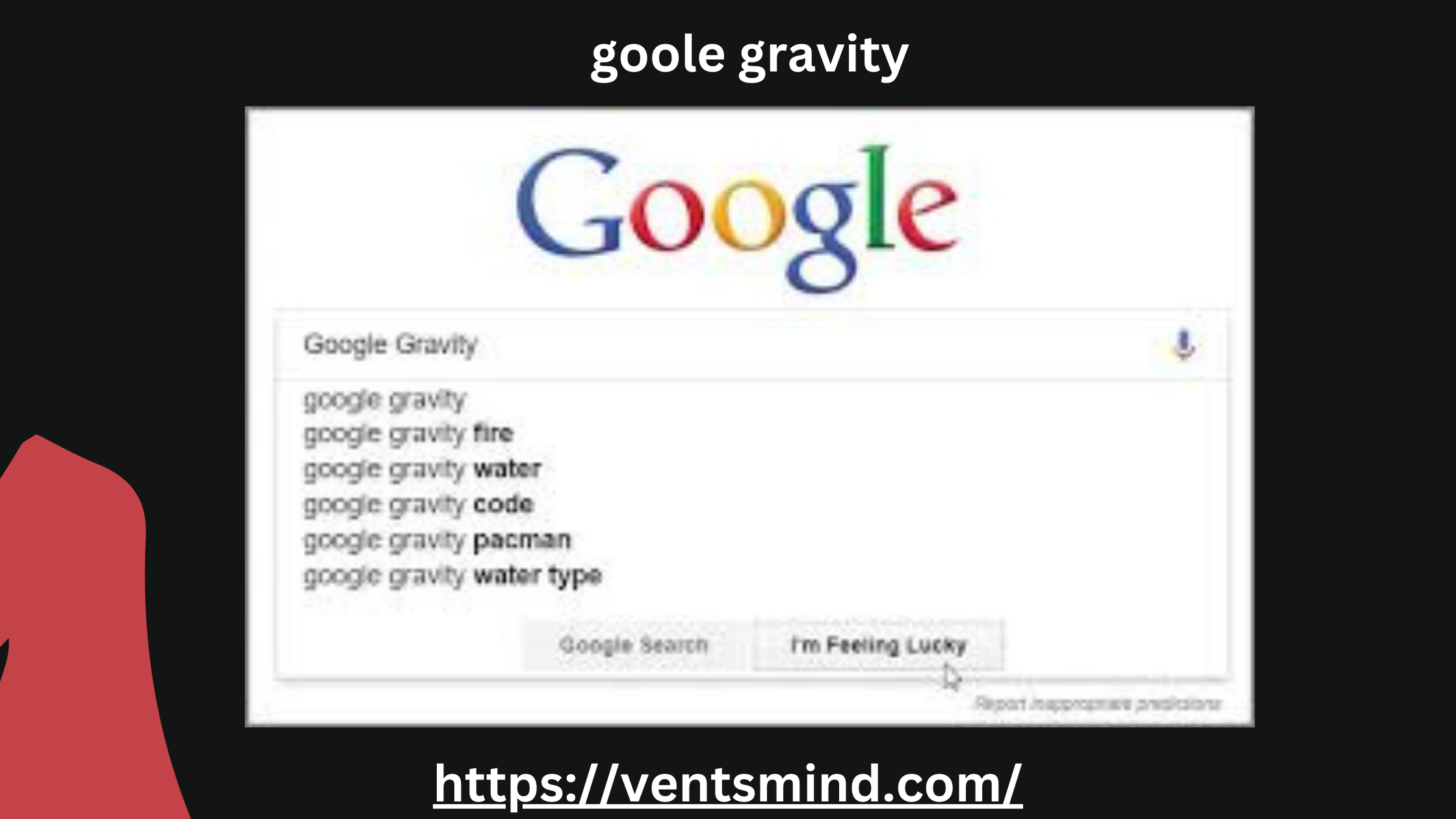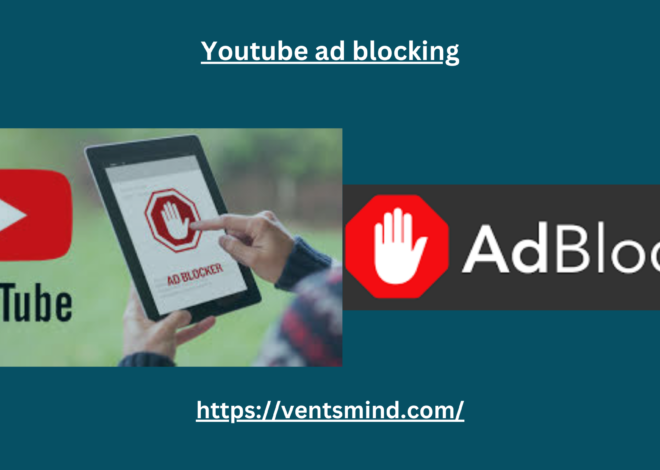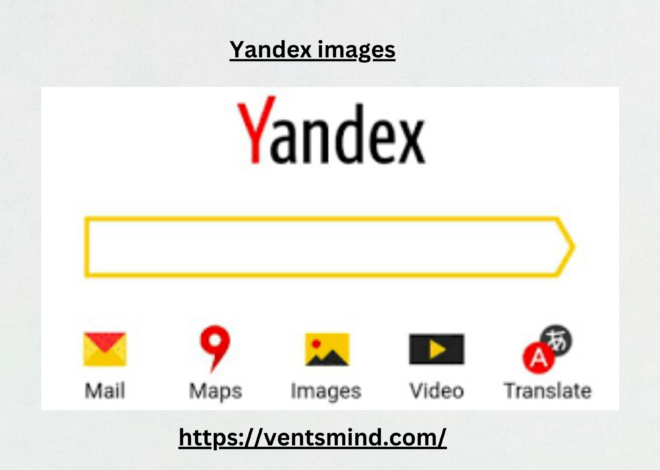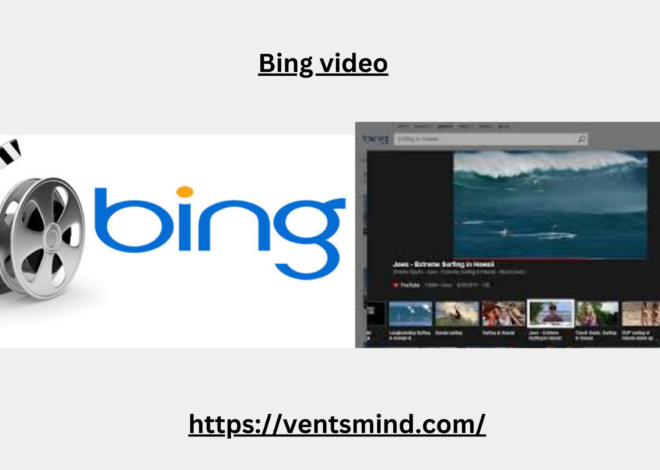
Google Gravity: The Ultimate Fun Tool In 2024
The internet is full of fascinating and quirky experiences, and Google Gravity is one such feature that has captured the attention of millions. It’s a fun and playful tool that takes Google’s traditional search engine interface and turns it into something much more entertaining. If you’re looking for a fun way to pass some time or show off a cool trick to friends, then exploring Gravity is a must.
In this article, we’ll dive deep into the phenomenon of Google Gravity, its history, how it works, and why it has gained such immense popularity. Plus, we’ll use the keyword “Google Gravity” multiple times to ensure you get the best possible SEO experience.
What is Google Gravity?
Google Gravity is an online tool, or more specifically, a fun visual gag that was created by a talented web developer, Ricardo Cabello, also known as Mr. doob. This quirky tool was created in 2009 as a JavaScript-based experiment that lets users interact with Google’s search page in a whole new way.
When you visit the Gravity page, the familiar Google homepage suddenly collapses as if affected by the force of gravity. Every element of the page—from the search bar to the logo—begins to fall to the bottom of the screen in a realistic manner. What makes this experience even more entertaining is that you can still interact with the components. You can grab, toss, and move around the elements, allowing for a playful experience that can keep you entertained for a while.
How to Access Google Gravity
Accessing Google Gravity is simple and easy, even if it’s not directly available from the main Google homepage. Here’s how you can experience Gravity in a few quick steps:
- Open your web browser and navigate to the Google search engine.
- In the search bar, type “Google Gravity” and hit the search button.
- Instead of clicking the first search result, click on the “I’m Feeling Lucky” button directly. This will bypass the traditional search results and immediately take you to the Gravity page.
Alternatively, you can also visit websites that host Gravity directly. There are several clones and mirrors available, so even if one link goes down, you’re sure to find another.
How Does Google Gravity Work?
Google Gravity works by using advanced JavaScript code, HTML, and CSS to manipulate the graphical elements of Google’s search page. Essentially, it applies a physics engine to the page, simulating how gravity would affect each element.
The falling effect occurs because of gravity simulation physics written into the script. Each object, whether it’s the logo, search box, or buttons, is treated as a separate entity that interacts with gravity. The beauty of Gravity lies in its simplicity. It doesn’t alter the core functionality of Google search; instead, it adds an interactive layer of physics.
Interestingly, even though the Google homepage appears to be broken, you can still type in the search box, hit “Enter,” and get results. It might look chaotic, but Google’s search functionality is still intact!
The Appeal of Google Gravity
So, what makes Google Gravity so popular?
- Entertainment Value: The primary appeal of Gravity is its fun factor. The surprise of seeing the normally static Google homepage suddenly collapse and become interactive is delightful. It’s a simple idea, but one that provides a lot of enjoyment.
- Interactive Experience: Unlike most online gags or Easter eggs that only offer a one-time visual joke, Google Gravity lets you interact with the page. You can click, drag, and throw elements around the screen, giving users a chance to engage with the elements in ways they never expected.
- Shareability: It’s no surprise that Gravity has gone viral multiple times since its inception. Users love sharing this fun tool with friends and family, making it a hit on social media platforms and through word-of-mouth.
- A Break from the Norm: The internet is often filled with information overload. For many users, stumbling upon something as whimsical and unexpected as Gravity is a welcome distraction from the daily grind of emails, news, and work-related searches.
Variants of Google Gravity
Due to the popularity of the original Google Gravity, many developers have created variations of the tool. These versions add different effects and interactions to make the experience even more fun. Here are a few popular variants:
- Google Space: In this version, instead of falling due to gravity, the Google elements float around as if they’re in zero gravity. The experience is similar, but now it feels like you’re navigating through space!
- Google Underwater: Another fun version is Google Underwater, where the elements sink and float around as if they’re submerged in water. Bubbles rise to the surface, adding to the underwater theme.
- Google Sphere: This variant adds a rotational aspect to the elements, where they spin around in a sphere-like orbit. It’s a mesmerizing and interactive display that adds a new dimension to the Google Gravity concept.
- Google Tilt: In this version, the entire Google search page is tilted at an angle, making it look like gravity has pulled the page to one side. You can still interact with the page, but the slanted layout adds an extra level of challenge.
Why People Love Easter Eggs Like Google Gravity
Easter eggs like Google Gravity are one of the internet’s best-kept secrets. These hidden features, games, and tools are often tucked away inside websites or applications, waiting to be discovered by curious users. Here are some reasons why people love them:
- Surprise Factor: Discovering an Easter egg like Google Gravity is exciting because it’s unexpected. It breaks the monotony of traditional online experiences and gives users something unique to enjoy.
- Interactive Fun: Easter eggs that are interactive, like Google Gravity, let users engage in fun and playful ways, often allowing them to manipulate the content in unexpected ways.
- Shareability: Easter eggs are perfect for sharing with others. Once you discover a fun feature like Google Gravity, it’s hard not to share it with your friends, especially because it’s so easy to access and enjoy.
- Creativity: These Easter eggs often showcase the creativity of developers and designers, proving that even the most straightforward websites, like Google, can hide unexpected surprises.
SEO and Google Gravity
While Google Gravity may be just a fun tool for most users, it’s also an interesting case study in the realm of SEO. For websites and businesses, ranking for terms like “Google Gravity” can drive traffic, especially since users frequently search for this feature. The keyword Google Gravity is highly searched, making it a valuable keyword for websites focusing on fun or interactive content.
To optimize for the keyword Google Gravity, webmasters can write content (like this article) that includes the term multiple times, while still ensuring the content remains valuable and informative. Using long-tail variations such as “Google Gravity game” or “Google Gravity trick” can also help capture additional search traffic.
How to Create Your Own Gravity Effect Website
For those interested in recreating the Google Gravity experience on their own website, there are a few steps involved. While it may seem complex, modern web development frameworks and libraries make it relatively simple to implement.
- Choose a Physics Engine: There are several JavaScript libraries available that provide built-in physics engines, such as Matter.js or PhysicsJS. These libraries handle the heavy lifting for gravity simulations.
- Set Up Your Elements: Once you’ve chosen a physics engine, you’ll need to define the elements on your page that will be affected by gravity. This could include images, buttons, or any HTML elements.
- Implement Gravity Simulation: The physics engine will take care of the gravity calculations, but you’ll need to configure how the objects behave. This includes defining their mass, velocity, and interactions with other objects.
- Fine-Tune the Interaction: Add mouse interactivity, so users can click and drag elements. This will make the experience more engaging, just like Google Gravity.
Conclusion
Google Gravity is more than just a fun tool—it’s a delightful, interactive experience that brings a playful twist to the otherwise serious world of online search. Whether you’re looking for a quick distraction, a fun trick to share with friends, or simply a way to explore the creativity of the web, Google Gravity is an excellent choice.
The next time you’re feeling bored or just curious, give Google Gravity a try. You’ll be surprised by how entertaining it can be, and you might even find yourself spending more time than you expected playing around with the elements.


